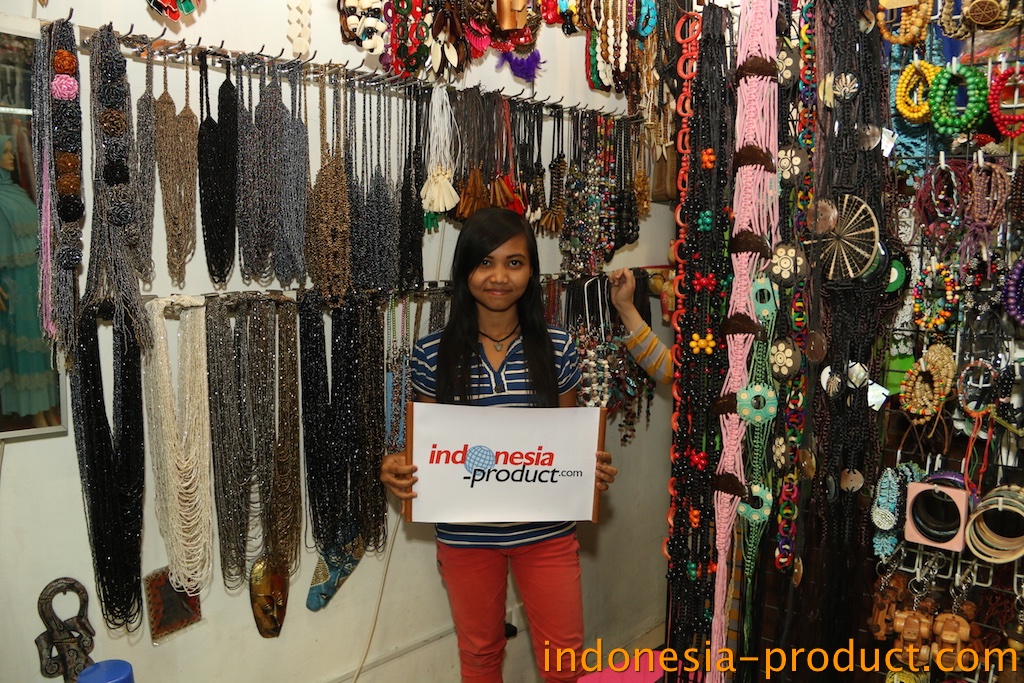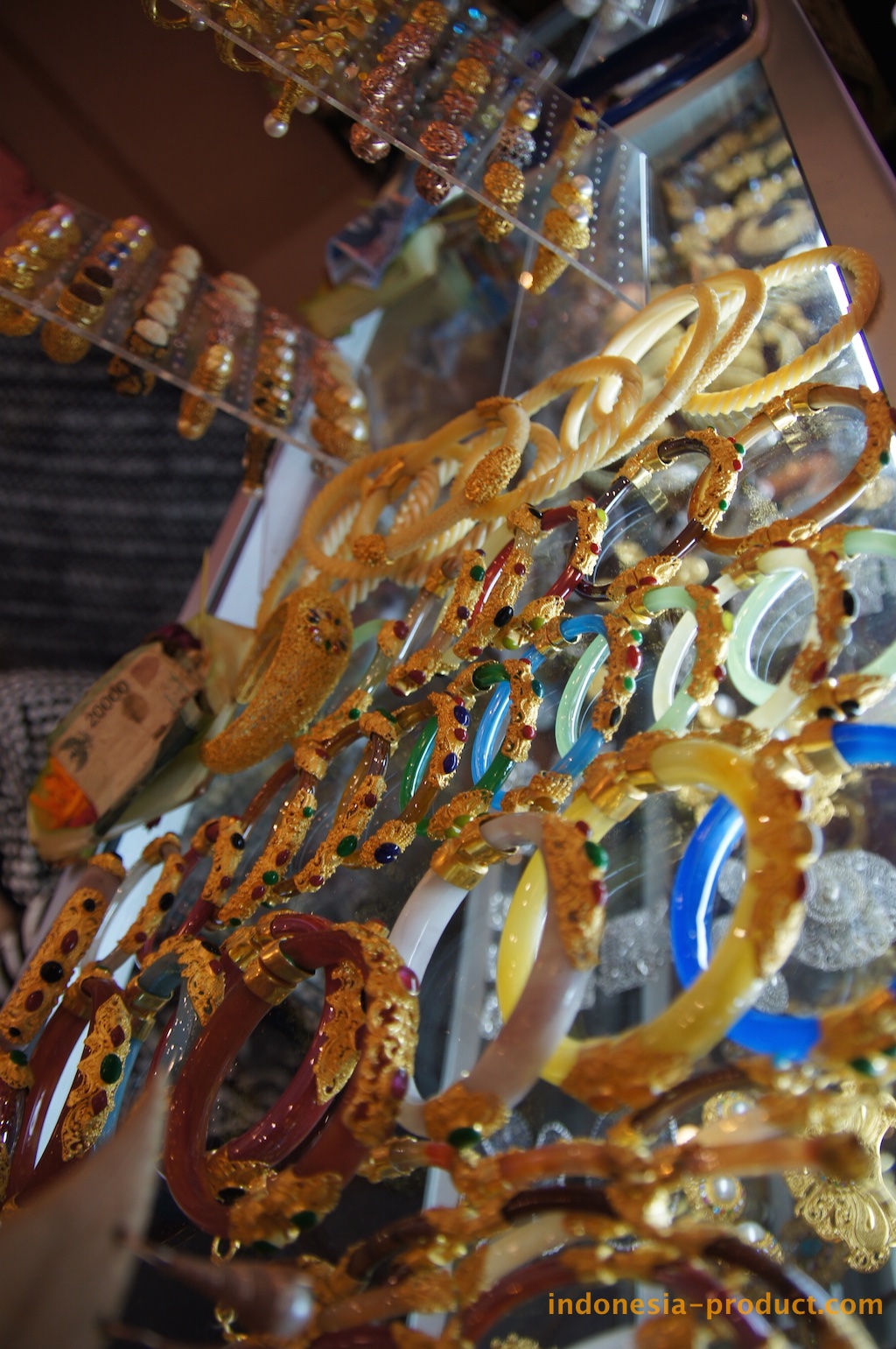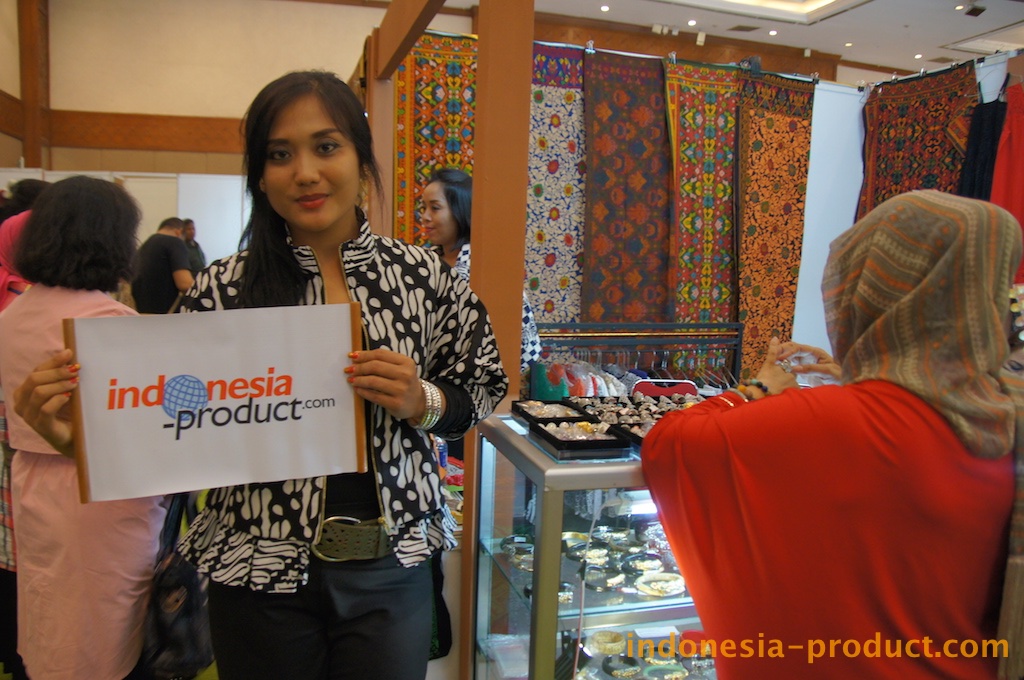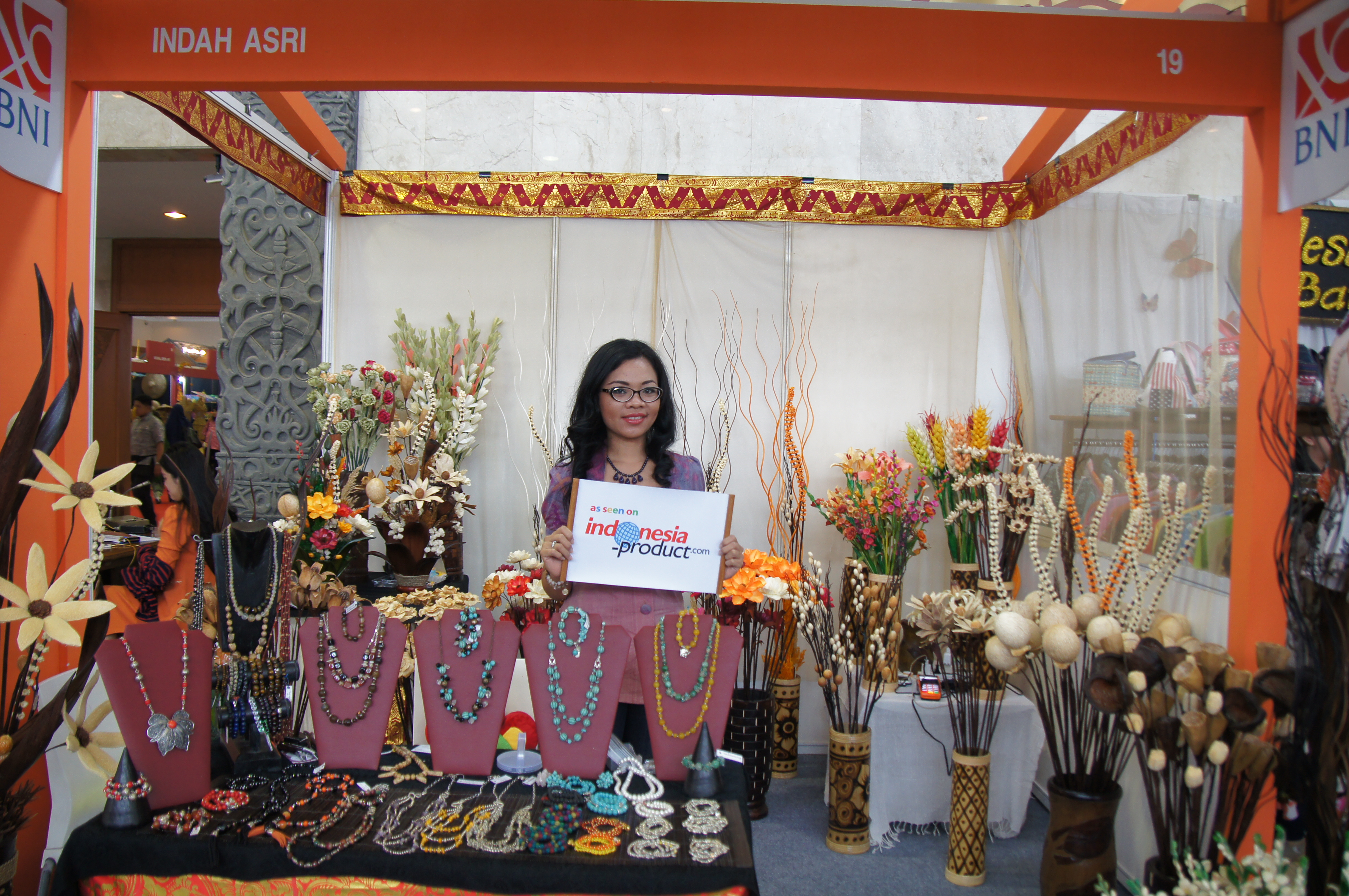Know your pearls: Classic jewelry adds luster to casual and dressy looks
Asheville Citizen-Times, NC
by Melissa Gagliardi, Gannett News Service
published January 6, 2008 12:15 am
A strand of pearls might be an old standard, but this classic accessory isn’t just for dressy occasions anymore. It’s time to dig out those strands your grandmother passed down to you, or, if your jewelry box is lacking pearls, it’s time to start shopping.
Just as there are classic pieces necessary for a pulled-together wardrobe, there should be a strand of pearls in every jewelry box.
And don’t worry about looking matronly — these days, pearls go with just about anything. A simple pair of post earrings or a dainty pearl bracelet works for everyday wear, and when it’s time for a more glamorous look, cascading pearls or even chandelier pearl earrings are both lovely and in vogue.
Still, the most popular pearl jewelry might be the single strand.
Many black pearls have been dyed. Jewelry author Renee Newman notes in her book “The Pearl Buying Guide†(International Jewelry Publications, $19.95) that dyed black pearls have been sold in fashionable stores as far back as the 1930s — long before black pearls were being commercially cultivated. “Dyed black pearls were considered elegant,†Newman writes.
Pearls signify purity — making them a traditional gift for brides, too — and giving each woman in the bridal party a necklace ties the group together with an accent piece that can be worn long after the dresses are stored away.
Pearl quality
There is no standardized system for grading pearl quality. But whether you’re looking for pearls to wear on your wedding day or for any day of the week, experts say there are several factors to consider when shopping:
• Avoid chalky-looking pearls that have a thin coating. Quality pearls are lustrous, so look for luster first.
One way to judge luster is to look for the “eye†(the point where the light reflects off the pearl). The deeper that eye is within the pearl’s surface, the higher the luster.
The best quality pearl has a luster that reaches around the pearl. A pearl that looks flat and grainy with an eye on the surface has a lower luster.
• Place the pearls on a white background to judge their true color. Other background colors could distort their true color. But, even white pearls come in shades of pink, gold, blue or green.
Today there are three main categories of pearls: Chinese freshwaters, Akoyas and South Sea.
• Chinese freshwaters are the least expensive and most common. They are cultured pearls (not naturally occurring) and come in round and other shapes.
• Akoyas are relatively expensive, pure white and perfectly round with a standard diameter of 7 millimeters.
• South Sea pearls come only in large sizes — 10 millimeters or more. To save money, buy baroque (irregularly shaped) South Sea pearls.
Sidebar: (can run inside)
Know how to shop and care for pearls
Caring for your pearls
The American Gem Society reminds us that pearls, like all fine jewelry, require special care.
Pearls are exceptionally soft compared with other gems, so when they’re stored, they should be separated into their own cotton or silk pouch.
Chemicals present in hairspray or cosmetics can damage cultured pearls, so wait until you’re dressed and ready before putting them on. After wearing, wipe them with a soft cloth to remove your skin’s oils and salts.
Pearls might need to be restrung periodically to protect against breakage and possible loss.
Source: American Gem Society, www.ags.org.
How to clean pearls
In “Pearl Buying Guide,†author Renee Newman offers these tips for cleaning pearls (International Jewelry Publications, $19.95):
— Don’t use commercial jewelry cleaners on pearls unless the label says it’s safe for pearls. Many contain ammonia, which can damage pearls.
— Don’t clean pearls in an ultrasonic cleaner. It can damage them or even wash out the color in dyed pearls.
— Never steam-clean pearls as they can be harmed by heat.
— Don’t use detergents, bleaches, powdered cleansers or baking soda on pearls. Ditto with any abrasive material, such as a toothbrush or scouring pad, that can scratch their surface.
— Use a soft cloth or chamois to wipe pearls. That will prevent dirt from accumulating and keep perspiration, which is slightly acidic, from eating away at the pearl nacre.
— If they’re very dirty, pearls can be washed in water with a mild soap such as Ivory or Lux liquid. (But some liquid soaps, such as Dawn, can damage pearls.) After washing, lay the pearls in a moist kitchen towel to dry. When the towel is dry, they should be dry.
Do not wear pearls when their string is wet. Wet strings stretch and attract dirt, which is hard to remove.





